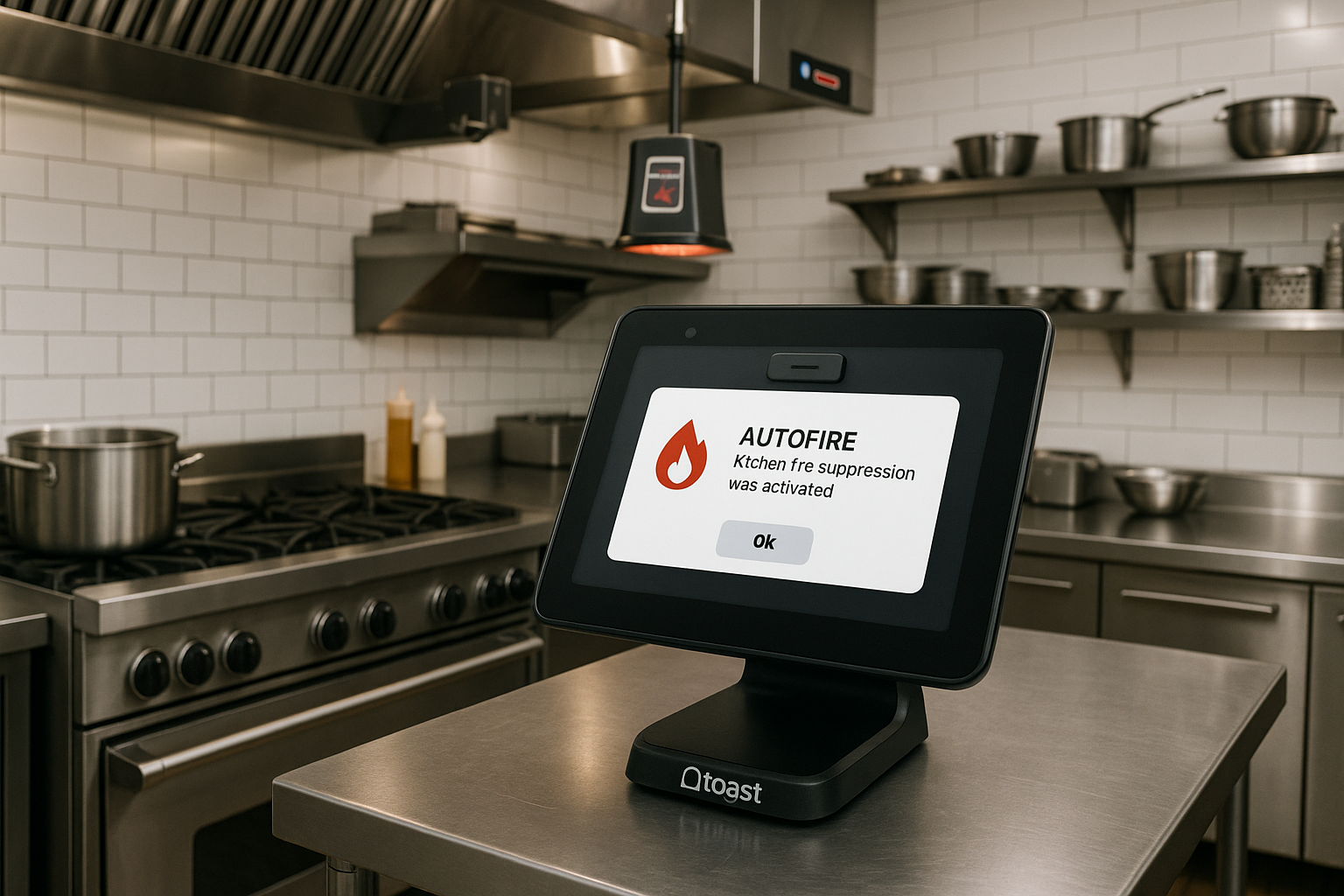Understanding the Toast Platform’s Integration Capabilities
Introduction
The Toast platform is revolutionizing the way restaurants manage their online ordering systems, facilitating seamless integrations with popular third-party delivery services like DoorDash™, Grubhub™, and Uber Eats™. This capability empowers restaurant owners to tap into a broader customer base and streamline their ordering processes. With these integrations, businesses can increase efficiency and drive revenue, while providing customers with convenient options for food delivery.
Restaurants can easily connect their Toast accounts to these platforms through the Takeout & Delivery page. This allows restaurant operators to take control of their online presence, enabling them to choose which delivery channels to activate or deactivate based on demand and operational capacity. The flexibility provided by Toast’s integration capabilities ensures that restaurant owners can adapt to changing market conditions and consumer preferences.
Furthermore, the integration with third-party channels also facilitates better order management, reducing the potential for mistakes and enhancing customer satisfaction. By having a centralized system for online orders, restaurants can ensure that they deliver consistent quality across all platforms, helping to maintain their brand integrity.
Managing Third-Party Online Ordering Channels
To leverage the power of third-party online ordering channels, the Toast platform offers a user-friendly interface on the Takeout & Delivery page, where operators can manage their integrations. Here, they can quickly toggle the availability of various delivery services, making it easy to turn on or off these channels based on real-time needs.
This level of control is especially crucial during peak dining hours when a restaurant may not be able to handle additional orders from delivery platforms. By pausing a channel, operators can focus on in-house dining and ensure that they maintain high service levels without compromising on quality. This feature allows restaurants to optimize their operations based on demand, leading to better customer experiences and increased efficiency.
Moreover, the ability to snooze these channels for specific time frames—20 or 40 minutes, or until the next day’s ordering hours—adds a layer of granularity to order management. This function aids in minimizing overwhelm during busy periods while still allowing restaurants to maximize their potential for delivery sales.
The Benefits of Snoozing Orders on Toast
Snoozing orders through the Toast platform serves as a powerful tool for restaurants, allowing them to manage their workflow effectively during high-pressure times. When a restaurant chooses to snooze incoming orders from delivery channels, it provides their kitchen staff the breathing room necessary to maintain service standards. This becomes particularly beneficial during lunch rushes or dinner service, times when the demand for food can spike unexpectedly.
By pausing delivery orders temporarily, restaurants can allocate their resources towards in-house patrons, ensuring that every customer receives the attention and quality they deserve. This strategic approach not only enhances the dining experience for on-site customers but also preserves the reputation of the restaurant, as it prevents orders from being delayed or mishandled.
Additionally, with the option to set a specific timeframe for snoozing orders, restaurants can effectively manage their operational rhythms. This feature empowers owners to make data-driven decisions, allowing them to analyze peak ordering times and adjust their strategies accordingly, enhancing overall profitability.
Conclusion: Elevating Your Restaurant’s Online Ordering Experience
In conclusion, the Toast platform’s integration with third-party online ordering channels provides restaurants with unprecedented control over their delivery services. By simplifying the management of popular platforms like DoorDash™, Grubhub™, and Uber Eats™, the Toast system enables restaurant operators to optimize their operations for efficiency and customer satisfaction.
The ability to pause or snooze orders during peak times allows for improved service quality, giving restaurants the flexibility they need to thrive in a competitive marketplace. As the landscape of food delivery continues to evolve, leveraging these integrations will not only enhance operational efficiency but also significantly elevate the overall dining experience.


